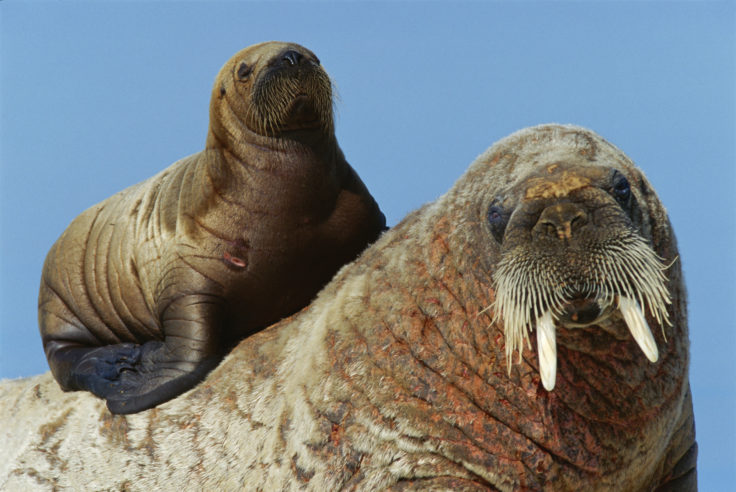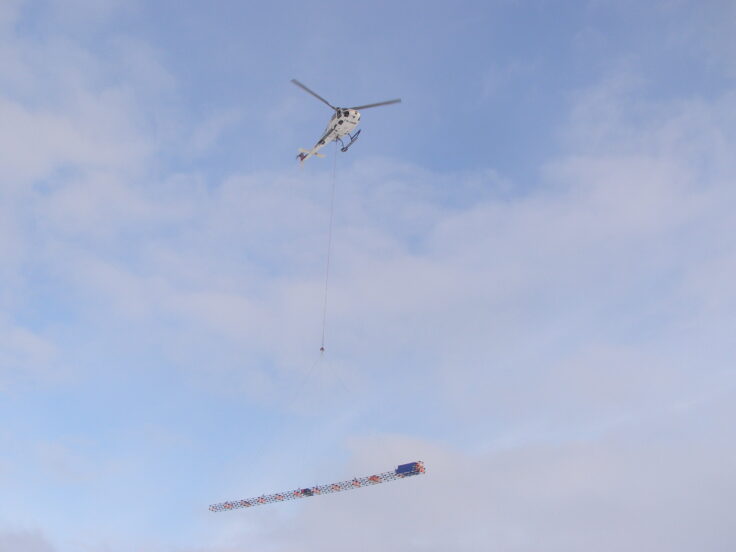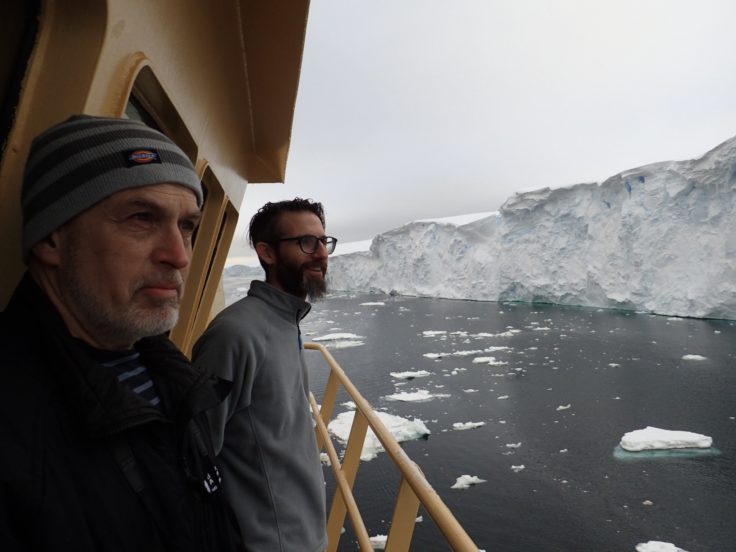BBC’s Frozen Planet II: science into television
In 2011, Frozen Planet gave BBC viewers an unprecedented insight into life in the Poles. The final episode featured British Antarctic Survey (BAS) glaciologist Dr Andy Smith using explosives to see how the ice interacts with the bed beneath to monitor how it behaves and is changing. Now, 11 years later, Frozen Planet II – presented by Sir David Attenborough – returns to the icy landscapes to observe the amazing species that thrive there and document the work scientists are doing to understand how these regions are changing with the threat of climate change.
Going further than series one, Frozen Planet II also explores life beyond the Poles, witnessing the wildlife dramas that play out in all the world’s coldest regions – our high mountains, frozen deserts, snowbound forests, and ice-cold oceans.
Filmed in ultra-high definition using the very latest camera technology, and featuring dramatic new behaviours, intimate stories and sensational natural spectacles filmed for the very first time, this six-part series is a chance to experience the wonder of our planet’s frozen realms as they stand on the brink of major change.
As temperatures rise at an unprecedented rate our frozen planet is literally vanishing before our eyes. The series reveals the true impact on both wildlife and humans and meets scientists who’ve dedicated their lives to understanding what these changes mean – not just for the animals and people who live there, but for the planet as a whole.

It took the BBC Natural History Unit (NHU) four and a half years of filming across 18 different countries to produce the six-part series.
Mark Brownlow, executive producer of the series, points out that Frozen Planet II is not just about capturing nice footage but also “draws attention to changes going on now”.
BAS worked in partnership with BBC NHU on the series from the start. BAS biologist Dr Huw Griffiths and oceanographer Professor Mike Meredith acted as consultants on the series. Timelapse cameras were installed at BAS’s Rothera Research Station to capture the seasonal changes in the sea ice. A BBC camera crew accompanied BAS glaciologist Hamish Pritchard and engineers to the Himalayan mountains to document the team flying their bespoke designed radar over glaciers in the Indus Basin.

The most challenging fieldwork to organise was getting the first ever camera crew onto Thwaites Glacier in West Antarctica as part of the International Thwaites Glacier Collaboration. A BBC camera operator accompanied a team of scientists and engineers into the deep field to film robots and equipment being deployed through the ice.

Head of the Polar Oceans Team at BAS, Professor Mike Meredith, who has contributed to reports on global climate change from the Intergovernmental Panel on Climate Change (IPCC), says:
“Working with the BBC enables us to spread the message of the threats our icy worlds face from climate change. However, in addition to highlighting these dangers, we also want to inspire audiences in the wonder of these places, and to give them insight into what the science community is doing to better understand these special places. This work is essential to inform global leaders and decision makers on the importance of the frozen world and the need to protect it”.
BAS biologist Huw Griffiths says:
“Seeing the public reaction online to the series so far demonstrates the power of this kind of scientifically informed television. The polar regions are remote, extreme and often brutal places that most people will never visit, but frozen Planet 2 makes people care about and want to protect these faraway places and their amazing inhabitants.”
Discover more about Frozen Planet II here